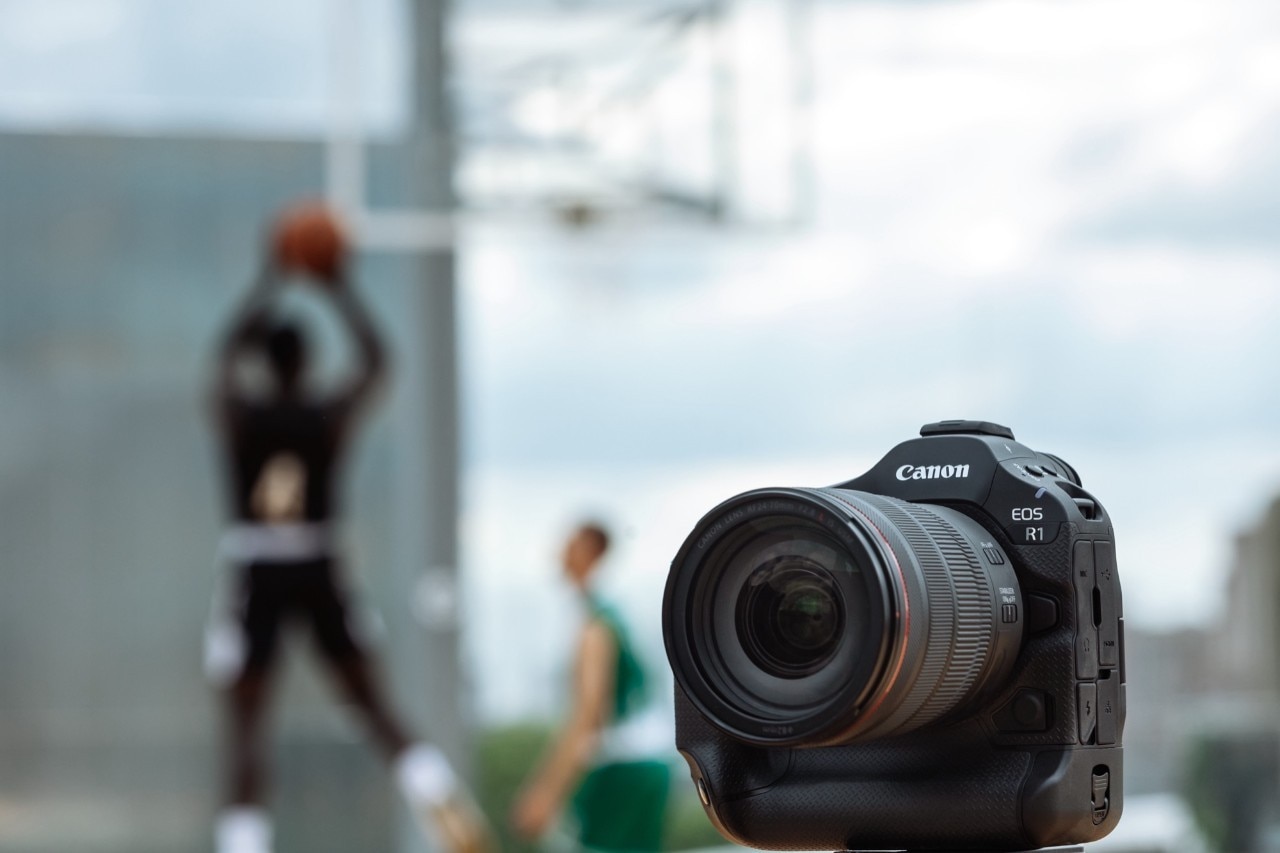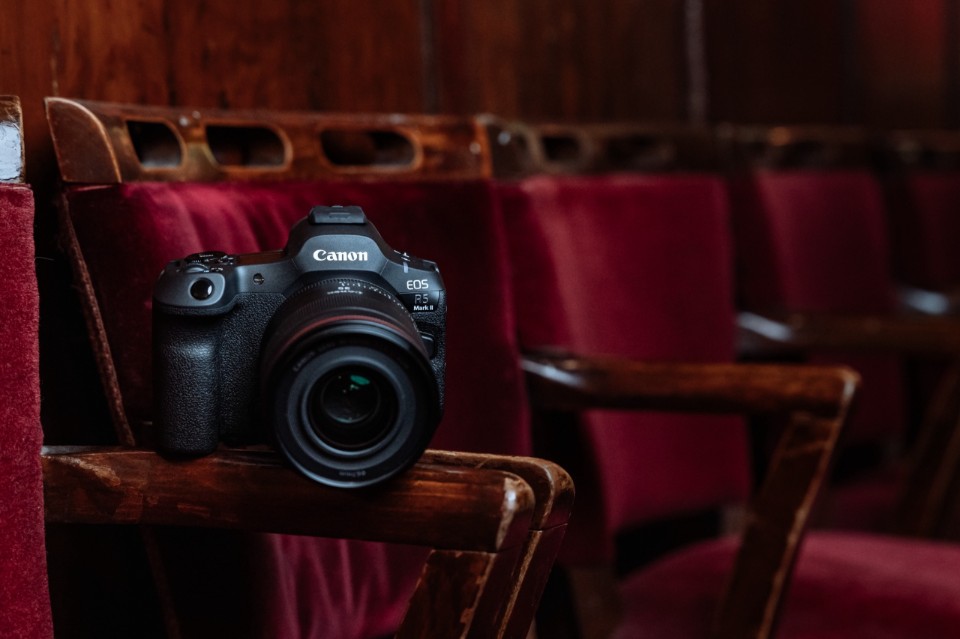Canon has announced two new professional mirrorless cameras, the EOS R1, and the EOS R5 Mark II. The R1 is the first mirrorless "1" and a major step for Canon, as it marks the definitive and irreversible end of the reflex era. The R5 Mark II, on the other hand, is a convincing upgrade of an already impressive multi-purpose professional camera, the EOS R5.
The two cameras speak to two different audiences. The R1, with its 24,2MP resolution, higher fps of 40fps, and multiple connectivity options for immediate upload, is aimed at news and sports agency photographers who are already accustomed to the EOS 1DX Mark III. The EOS R5 Mark II speaks to multimedia professionals who usually shoot in more controllable settings, need a higher 45MP resolution, and, above all, want to invest in a photography camera as well as a cinema-level video camera, which the R5 Mark II certainly is.
As to why Canon decided to introduce these two seemingly different cameras at once, the answer is simple: they both share the same "Accelerated Capture" technology platform. Both the EOS R1 and R2 are powered by a Digic X processor, plus a new Digic Accelerator co-processor that powers all the pre- and after-shoot calculations.
.jpeg.foto.rmedium.jpg)
Thanks to the new setup, Canon could introduce the Dual Pixel Intelligent AF, the latest and most advanced version of its Dual Pixel Autofocus system.
The higher processing power enables lightning-fast AF selection, advanced subject recognition, and top-in-class tracking of a locked subject.
The Eye Recognition technology we already saw on the Canon EOS R3 is also part of the EVFs on the R1 and R5. When the feature's on, the photographer can move the point of focus and track a different subject simply by looking at it inside the electronic viewfinder. We tested it on pre-production cameras, and it works even better than on the R3.
Moreover, the addition of a separate co-processor enables new AI-based features, such as Action Priority, a special scene-recognition functionality helping the camera recognize scenes from sports such as football, basketball, and volleyball to always focus on the subject closer to the action.
.jpeg.foto.rmedium.jpg)
Canon has been adamant about avoiding General Artificial Intelligence on its systems. All the EOS R1 and R5 II AI-powered features, including two useful upscaling and noise-removal in-camera software tools, are based solely on machine learning and deep learning models. Canon knows full well that its mission as an imaging company is not compatible with reality-bending generative tools. During its briefings, the company repeatedly stressed that anything labeled as AI on its cameras and software will always deal only with data and information that was originally present in the picture shot by the eye and the hands of a human photographer.
EOS R1 will be tested extensively on the field during the 2024 Summer Olympics in Paris and will become available in the market later this year.
EOS R5 Mark II will be available in stores and online on August 10th.

A Brutalist masterpiece frames the novelty signed 24Bottles
Giancarlo De Carlo's Collegi in Urbino is hosting a campaign for a signature product of 24Bottles: the brand's first titanium bottle, designed under the banner of essentiality.
















